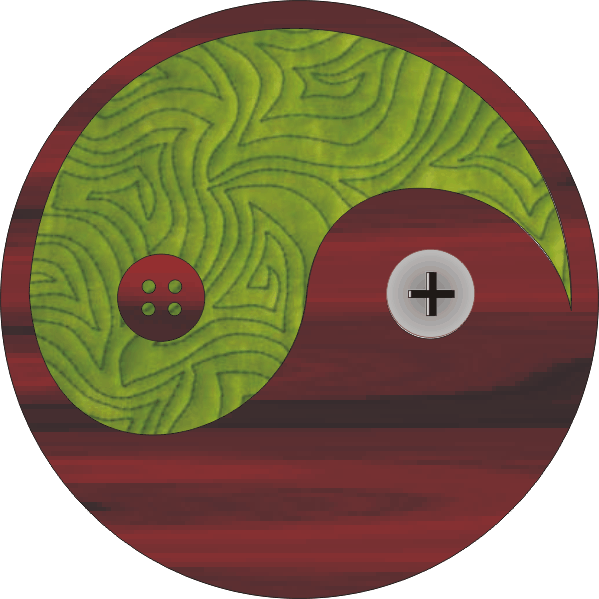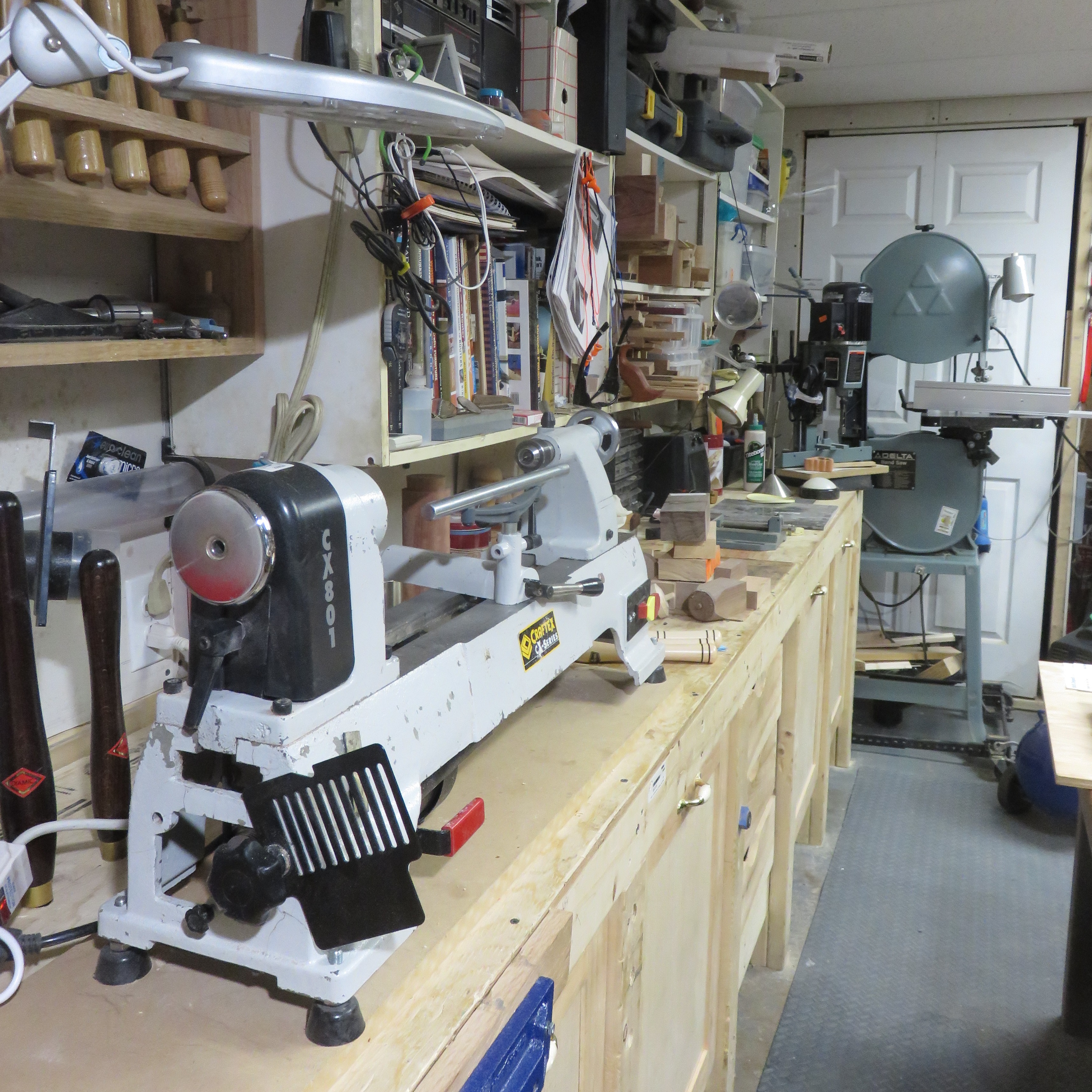Today’s post is written by Stephen Parsons.
Yesterday, we took possession of our very first laser cutting/engraving machine. It’s the A5 5500mw Mini Laser Engraver from GearBest (China) and I am eagerly looking forward to finishing its assembly and taking it for a test drive. Ok, so in my last Tech Tuesday blog I said that I would resist becoming a “laser artisan” and I am saying today that it still holds true. We may now have a laser engraver, but I am no more a laser artisan than a router artisan or a bandsaw artisan. It’s really a matter of focus and scale.
Tech Scale for the Small Shop
The total area of our wood shop is about 240 square feet and accordingly, the technology and tools we use has to be scaled for that space – and to the type and level of woodworking we do. Much of our power equipment is benchtop format, rather than “big iron” as you might find in a larger shop. Our jointer, planer, lathe, and drill press are all benchtop models. So is our mortiser, belt sander, grinder and scroll saw. The larger equipment like the band saw and table saw are on mobile bases so that they can be moved around depending on the work that needs to be done.
Our equipment is generally appropriate for ChezCraft’s current needs. Selection of tools is usually based on their footprint, mobility, production capacity and, of course, their cost. This was also true of the laser purchase. It is, as described, a “mini” laser engraver with a desktop footprint of only 34cm x 37cm, a cutting/ engraving area of 15cm x 20cm (about 10″ x 13″), and – with a 5.5watt laser – a fairly light-duty cutting unit. It was offered for a short time at under $400 and that sealed the deal for us, although we were considering larger and more powerful units.
This unit, however, is just right for the usage we anticipate in the near future: it will allow us to do single pass etching on wood and other materials to help in accurate marking before cutting parts for models, patterns, jigs and other small projects; we can do custom engraving for things like our cutting boards (with multiple passes and single-unit processing); and it can work across both our wood and our fabric projects – supporting several lines of business.
The Challenge of Scaling Up
Over the next few years, we anticipate scaling up our infrastructure insofar as we anticipate that ChezCraft will grow its business through market development and product development. But this presents a couple of unique challenges in terms of scaling up. Since the acquisition of plant and equipment tends to be periodic, timing of investment is often not aligned with production need so you may have too much or too little capacity at any given time. Cash flow is important to the small business – it certainly is to us – so deciding when to scale up as well as the dimension of any investment is really important. We know for example that our construction-grade table saw and small throat bandsaw are quickly moving to a point where they won’t be efficient and effective in achieving the production levels and quality we need as the product line evolves. But their replacements are big investments and for now we have to make do, use existing equipment or contract out piece work, and hopefully generate revenues we can put away until we can rationalize the investment through sales potential.
Buy, Lease or Contract Out?
So, was the laser purchase an impulse buy and is it going to meet our demand? I think the scale is right for the foreseeable future and because the price momentarily dipped to an affordable point, we knew we could rationalize it with likely current sales and service opportunities as well as immediate production cost and efficiency savings. For larger projects or those where a more powerful or larger size is important, we will continue to contract laser engraving/cutting to our colleagues at Blue Crab Creative, just as we contract large-scale milling to a bigger shop. Our focus remains on quality hand-made artisan creations and not on laser-cutting products and services.
So, am I a happy laser geek today? Yes. Are we in the laser cutting business? Heck, no! But it may very well become an important factor in our future business capacity and our product and service development.




Recent Comments